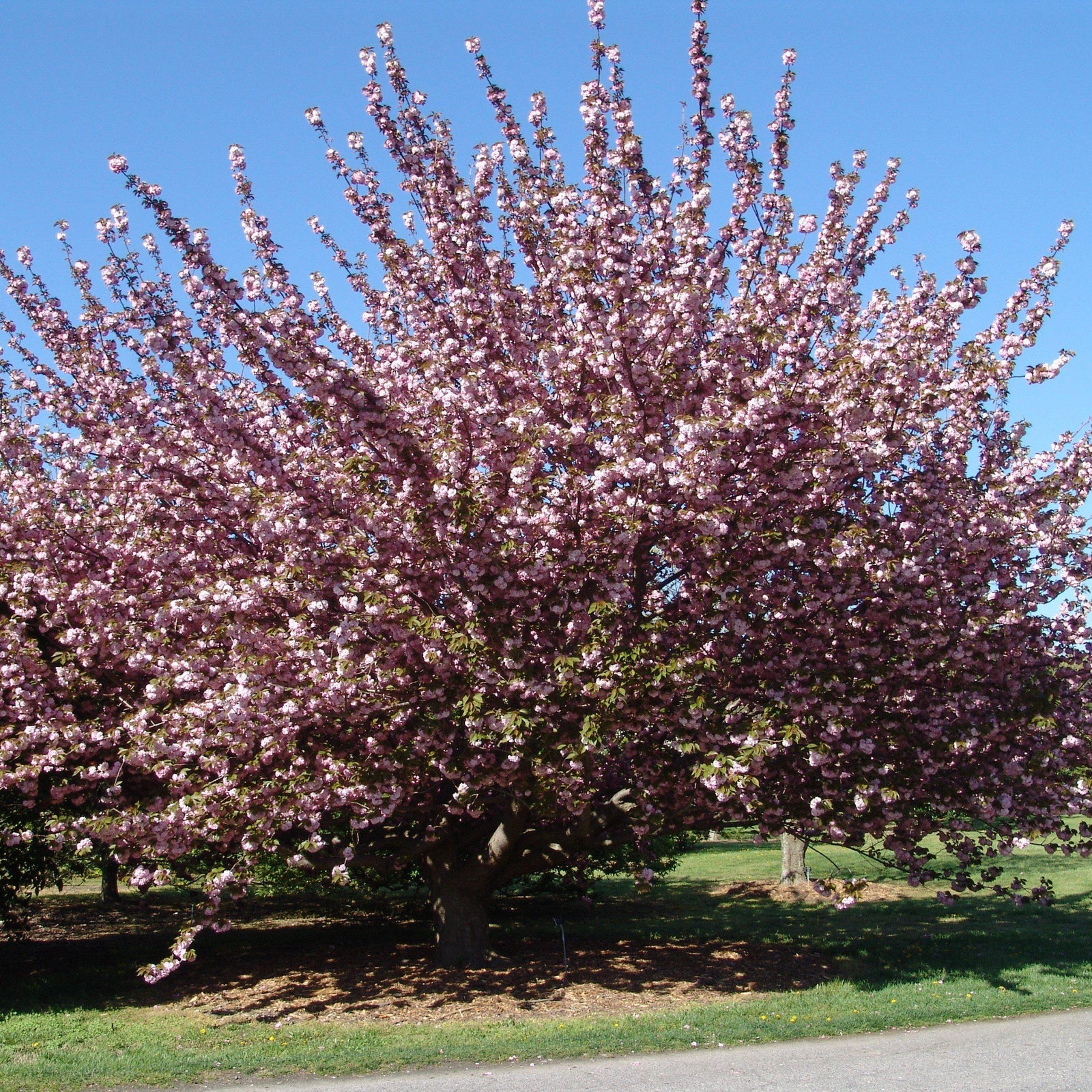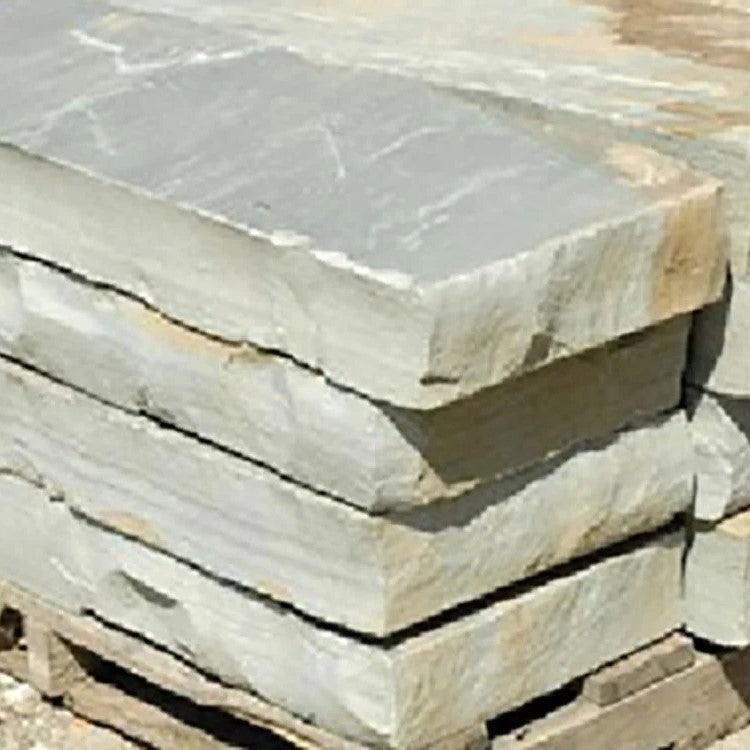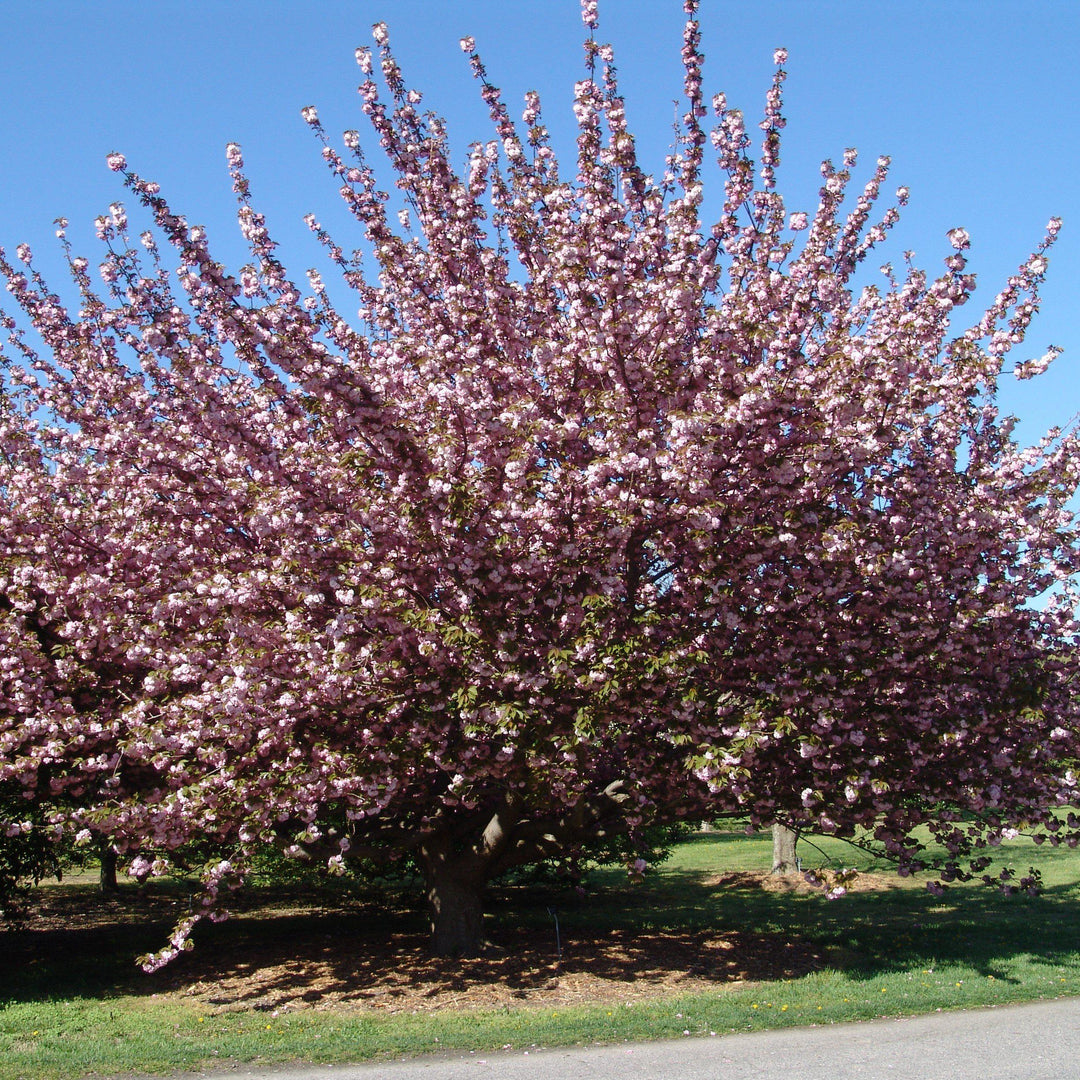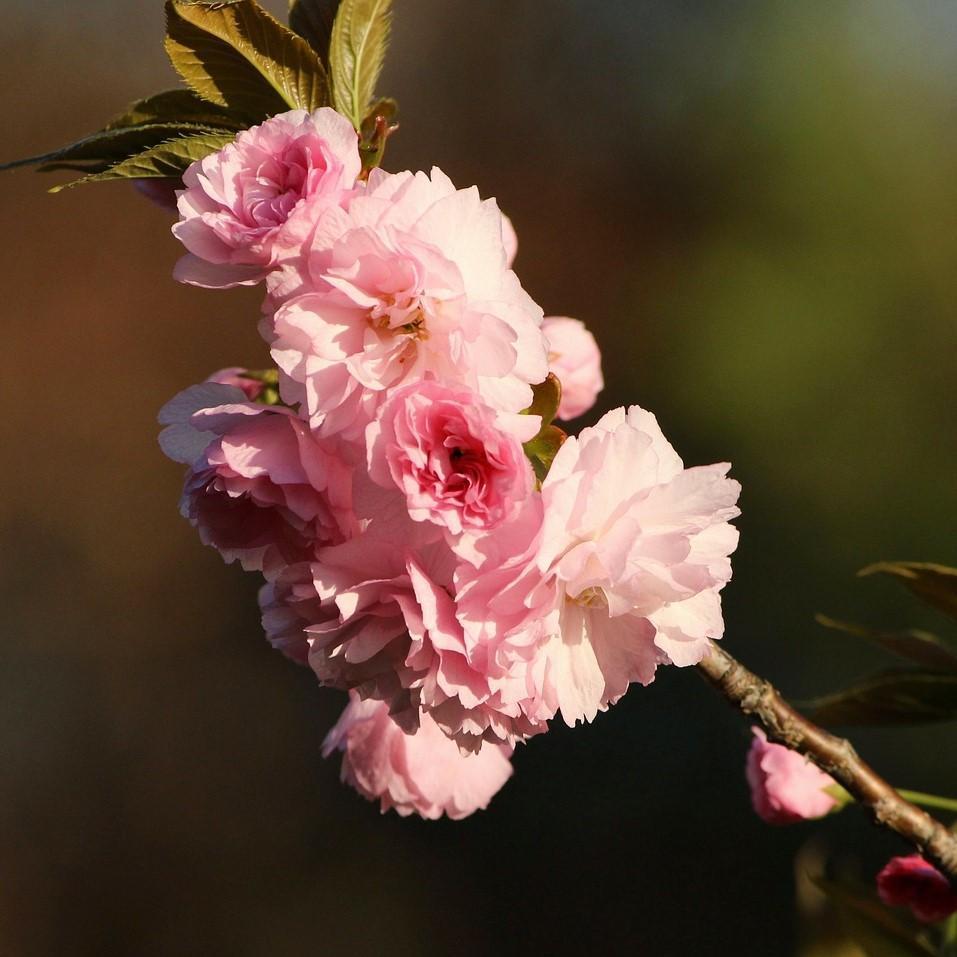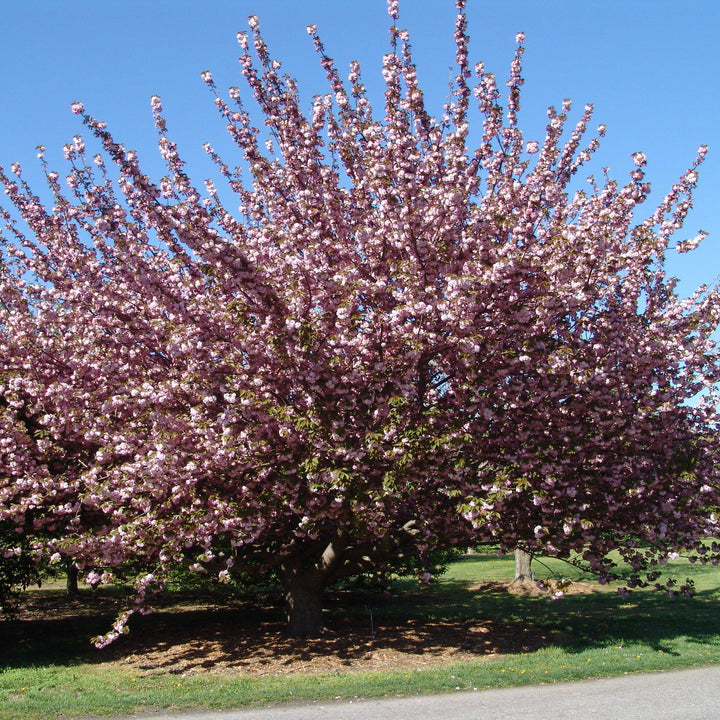-
The Kwanzan Flowering Cherry is a medium-sized deciduous tree that typically reaches a height of 15-25 feet (4.5-7.6 meters) with a spread of 15-25 feet (4.5-7.6 meters). It has a rounded canopy with dense clusters of double pink flowers that bloom in spring. The flowers are large and fluffy, creating a beautiful display. The leaves are dark green and have a serrated edge.
-
Flowering: The Kwanzan Flowering Cherry is known for its abundant and showy blossoms. The double pink flowers appear in clusters, covering the tree in a stunning display. The blooms usually last for about two weeks in spring, creating a vibrant and eye-catching spectacle.
-
Landscape Use: The Kwanzan Flowering Cherry is a popular choice for adding beauty and elegance to landscapes. It is often used as a focal point in gardens, parks, and along walkways. Its stunning spring blooms make it a favorite among cherry blossom enthusiasts.
|
Type: |
|
|
Origins: |
East Asia |
|
Height: |
30’ - 40’ |
|
Spread: |
30’ - 40’ |
|
Spacing: |
35’ |
|
USDA Hardiness Zone: |
5 - 9 |
|
Culture: |
|
|
Bloom Color: |
Pink |
|
Season of Interest: |
MAINTENANCE NEEDS: High Maintenance. Pests and diseases can be a problem. Watch for aphids, scale, borers, caterpillars, beetles and spider mites. Potential diseases include leaf spot, dieback, leaf curl, powdery mildew, root rot, and fireblight. Cherries have weak wood and are susceptible to breakage.
LANDSCAPE USES: Accents or Group Plantings, Borders, Woodland Gardens, Naturalized Areas, Wildlife Gardens, and Shade Tree.
COMPANION PLANTS: Hibiscus, Coneflower, Viburnum
IMAGE: Photo by Drew Avery, Japanese flowering cherry 'Kwanzan' {prunus serrulata}


